

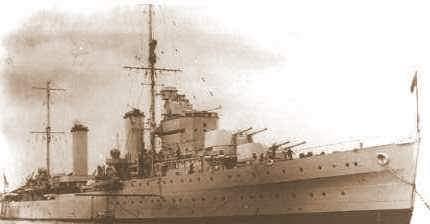
| Displacement | First pair 5,220, second pair 5,270 tons in standard fit and up to 6665 to 6715 tons deep load. This was upgraded to 7180 to 7400 tons. |
| Dimensions | 506 feet overall x 51 ft x 16ft 6in with subsequent increase to 18ft 1in mean deep load. |
| Machinery | Parsons geared turbines with four shafts powered by four Admiralty 3-drum boilers producing 64,000 s.h.p.giving a top speed of 32.25 knots. The oil capacity was 1250 to 1325 tons, later reduced to 1115 to 1150 tons. |
| Armour | Box protection to ammunition spaces comprising armour between 1in and 3in thick, 2.25in deck armour over the belt and steering gear, with bulkheads and turrets having 1in protection. |
| Armament | Six 6in Mk XXIII, four 4in QF Mk V HA ( Aurora and Penelope had eight 4in QF Mk XVI HA), two 3-pounder saluting (not Penelope ), six 21 in TT aw, 1 aircraft (not Aurora ) |
| Complement | 450 |
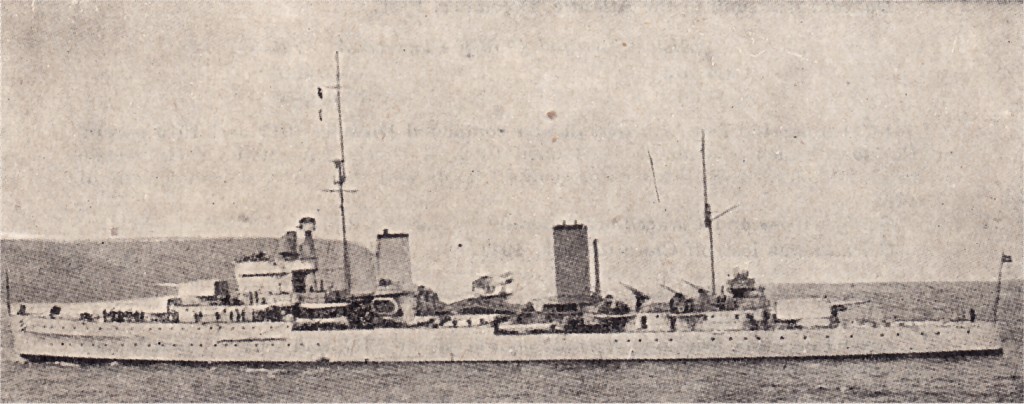
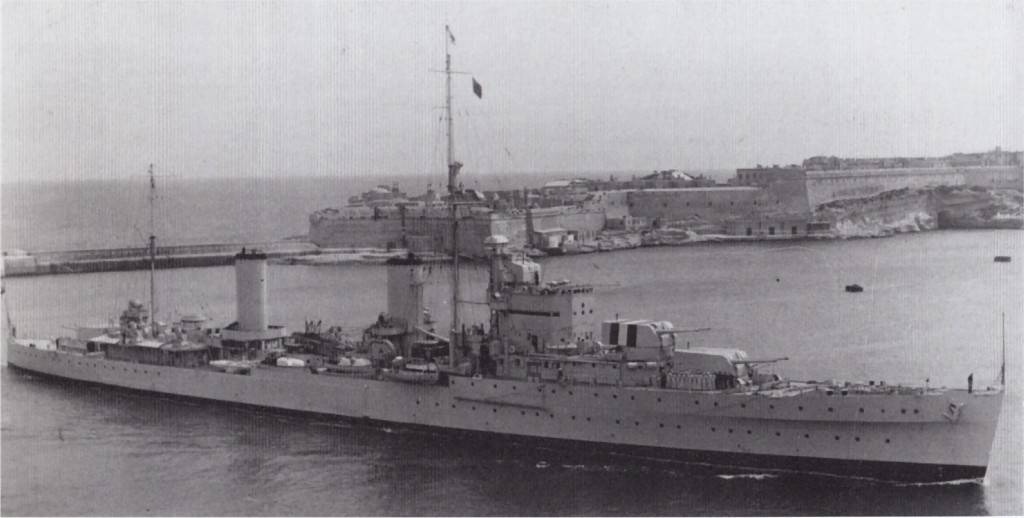
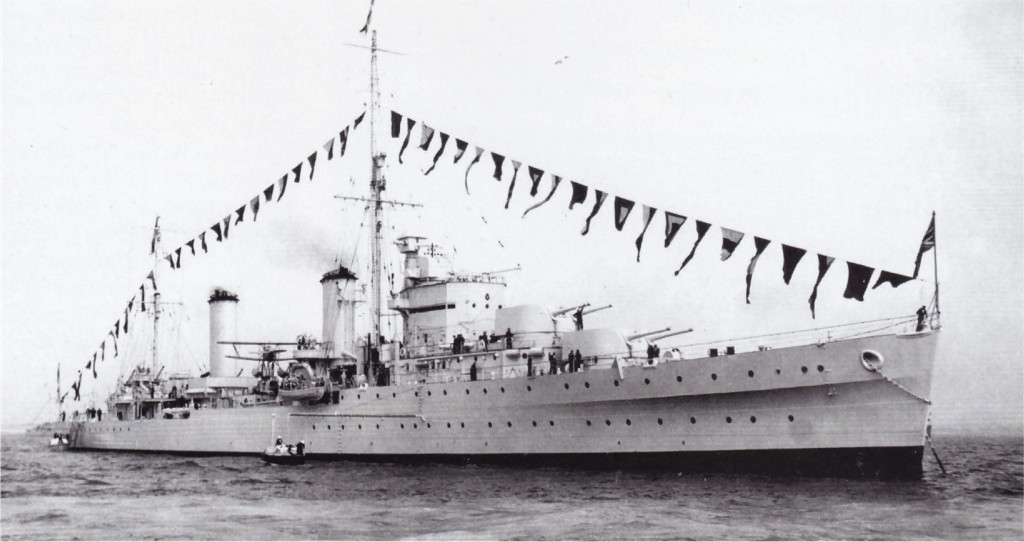
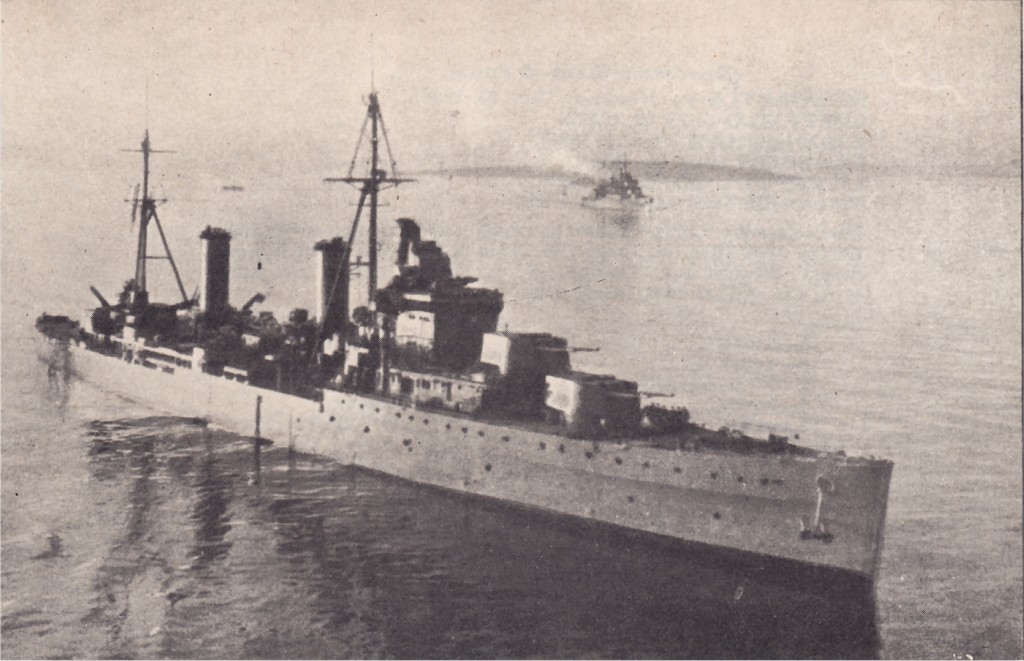
| 469 men were killed Captain Sim with 21 of his officers and 447 ratings About 100 survivors were picked up by the destroyers Griffin and Hotspur |